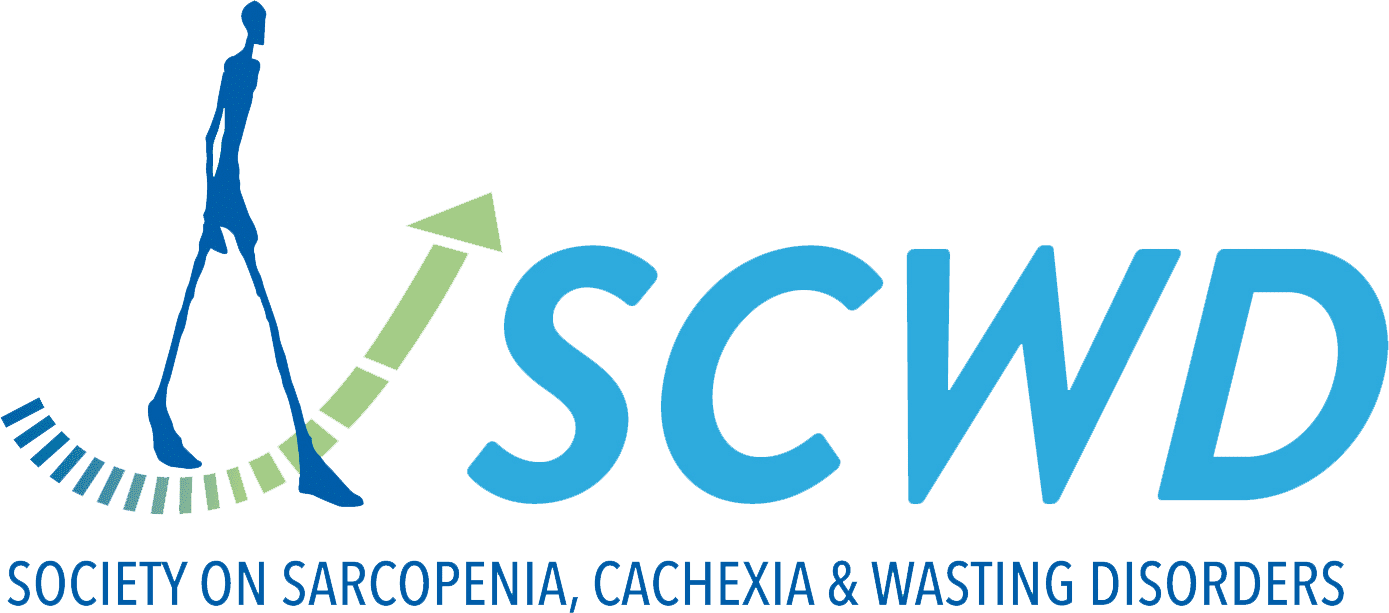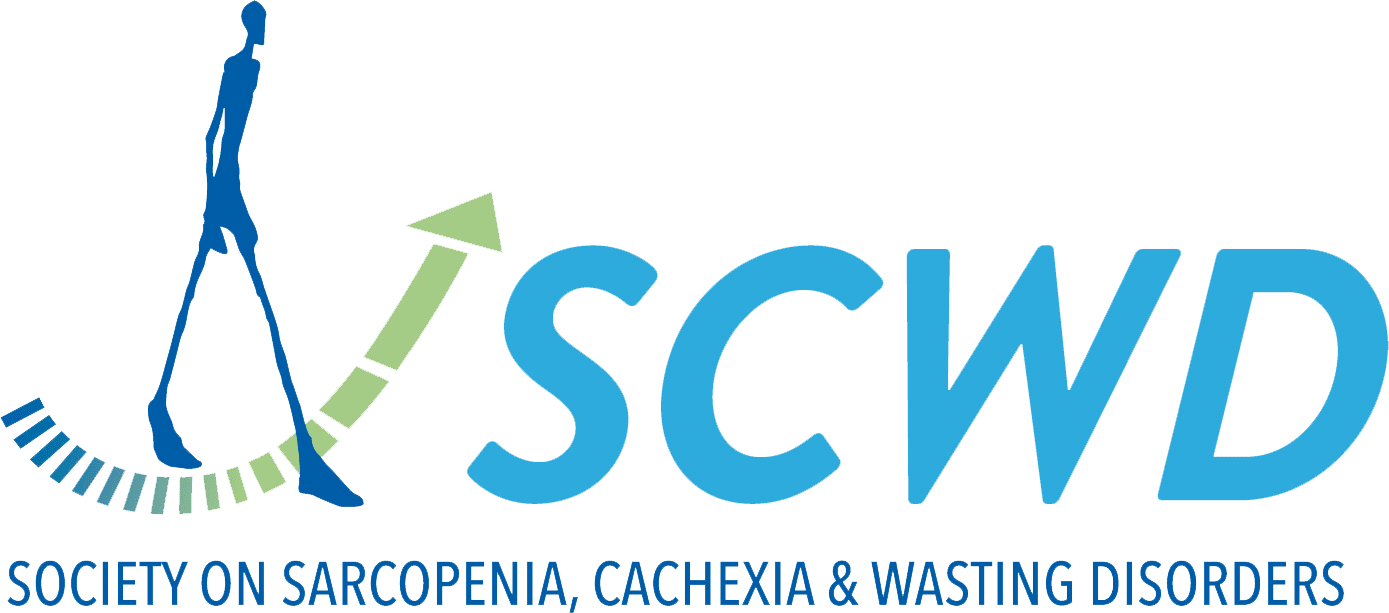Association of cachexia with activities of daily living and discharge destinations among inpatients with dysphagia in a convalescent rehabilitation phase; A multi-center cohort study.
Although a recent study reported an association between cachexia, as defined by the Asian Working Group for Cachexia (AWGC), and lower functional recovery at discharge among post-stroke patients capable of oral intake during the convalescent rehabilitation phase, its impact on functional recovery in patients with dysphagia remains unclear. This study aimed to evaluate the association between cachexia, according to AWGC criteria, and both functional status and discharge destinations among inpatients with dysphagia.
This prospective cohort study enrolled 198 inpatients with dysphagia from eight convalescent rehabilitation hospitals. Cachexia was defined using the AWGC criteria at baseline.
The primary outcome was the total Functional Independence Measure (FIM) at discharge, while the secondary outcomes were the Food Intake LEVEL Scale (FILS) score and discharge destinations. We applied generalized linear models to evaluate the association between cachexia and total FIM score at discharge, adjusting for age, sex, baseline FILS score, comorbidities, and use of enteral nutrition.
Of 198 patients, the median age was 83.0 (interquartile range, 77.0 to 88.0) years; 111 (56.1%) were women, and 33 (16.7%) had cachexia. After adjusting for covariates, cachexia was not significantly associated with total FIM score at discharge (β = 0.03 [95% CI, -0.10 to 0.15], p = 0.66), FILS (β = 0.23 [95% CI, -0.53 to 1.00], p = 0.55), or discharge destinations including discharge to home (β = 0.25 [95% CI, -0.75 to 1.35], p = 0.63).
Cachexia, as defined by the AWGC, was not significantly associated with either functional status at discharge or discharge destinations among inpatients with dysphagia undergoing convalescent rehabilitation.


